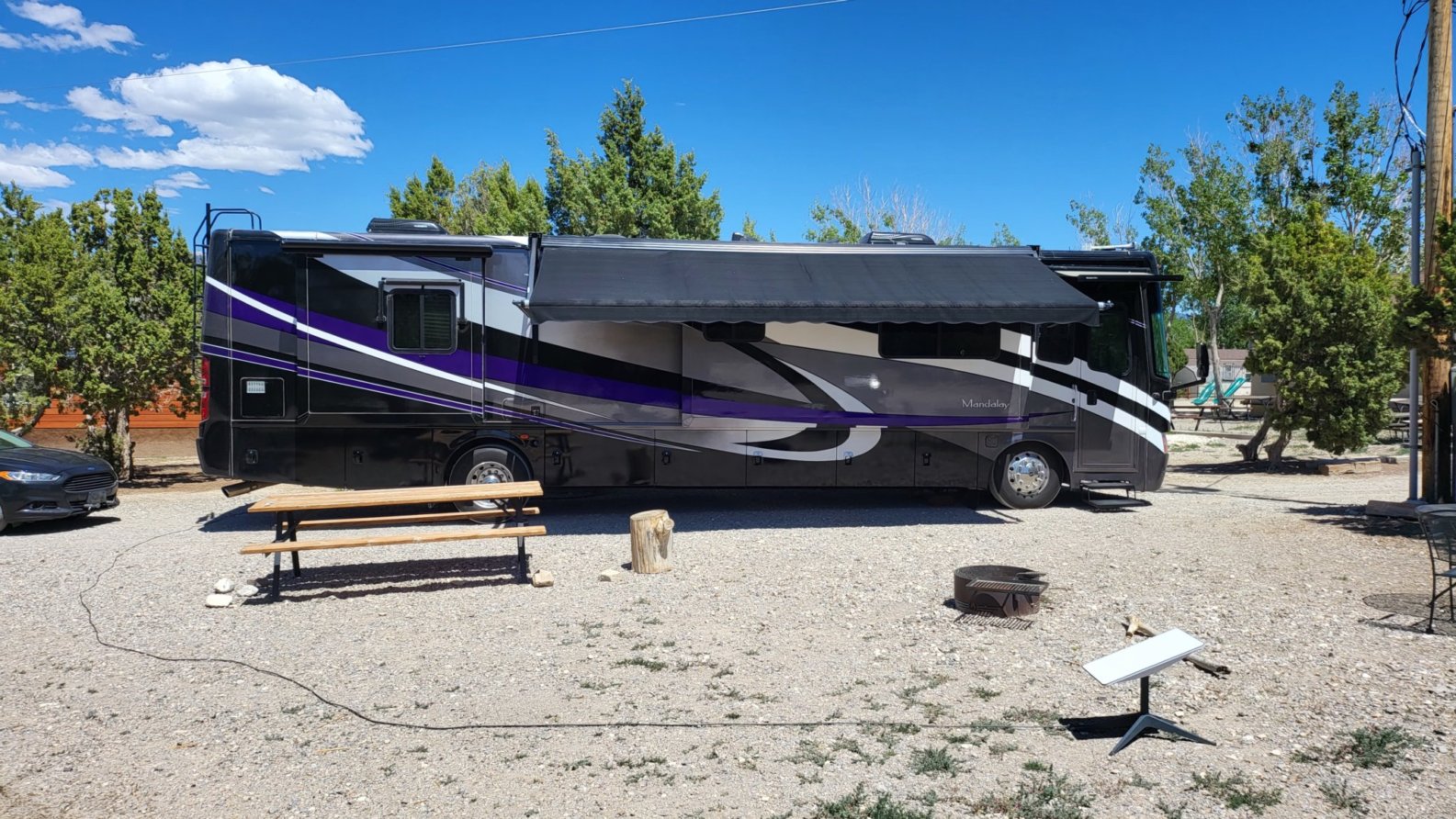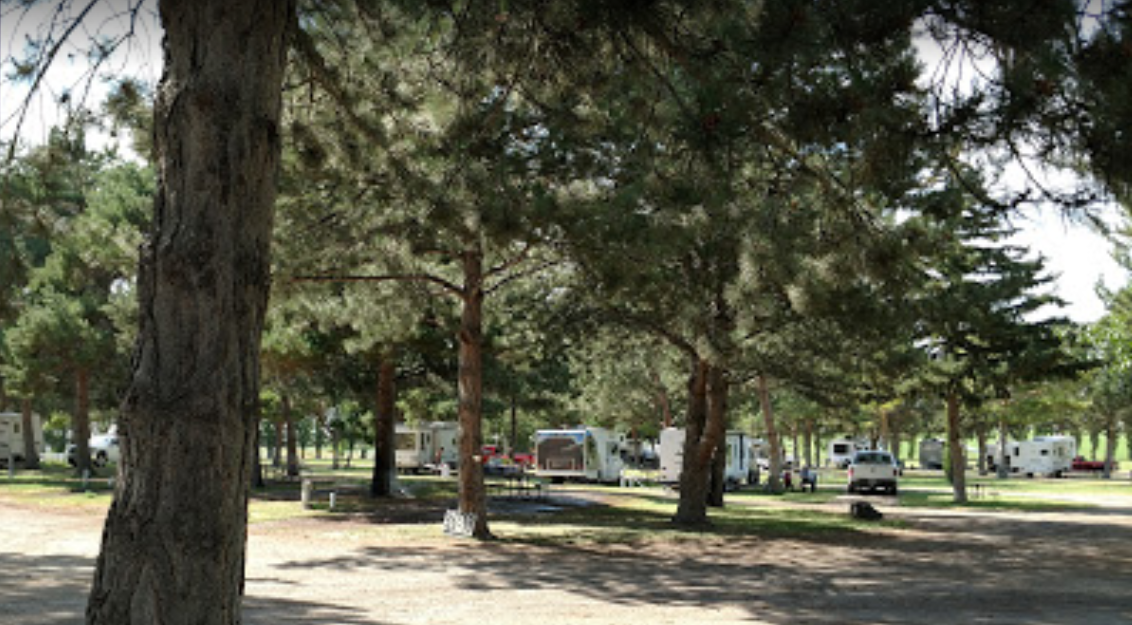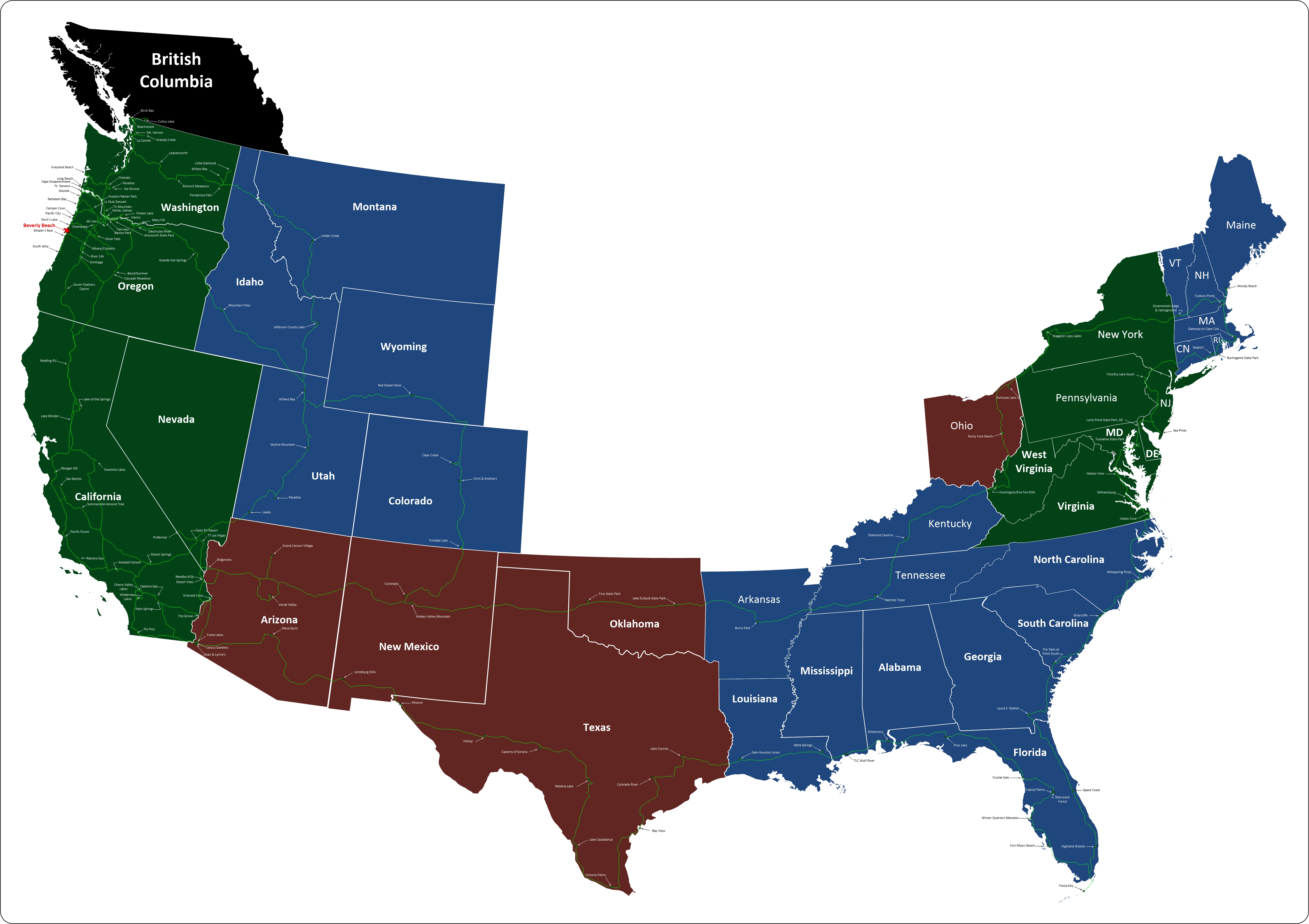The economy of New Mexico is dependent on oil drilling, mineral extraction, dryland farming, cattle ranching, lumber milling, and retail trade. As of 2018, its total gross domestic product (GDP) was $101 billion with a GDP per capita of $45,465. New Mexico's status as a tax haven yields low to moderate personal income taxes on residents and military personnel, and gives tax credits and exemptions to favorable industries. Because of this, its film industry has grown and contributed $1.23 billion to its overall economy. Due to its large area and economic climate, New Mexico has a large U.S. military presence marked notably with the White Sands Missile Range. Various U.S. national security agencies base their research and testing arms in New Mexico such as the Sandia and Los Alamos National Laboratories. During the 1940s, Project Y of the Manhattan Project developed and built the country's first atomic bomb and nuclear test, Trinity.
Inhabited by Native Americans for many thousands of years before European exploration, it was colonized by the Spanish in 1598 as part of the Imperial Spanish viceroyalty of New Spain. In 1563, it was named Nuevo México after the Aztec Valley of Mexico by Spanish settlers, more than 250 years before the establishment and naming of the present-day country of Mexico; thus, the present-day state of New Mexico was not named after the country today known as Mexico.[8][9] After Mexican independence in 1824, New Mexico became a Mexican territory with considerable autonomy. This autonomy was threatened, however, by the centralizing tendencies of the Mexican government from the 1830s onward, with rising tensions eventually leading to the Revolt of 1837. At the same time, the region became more economically dependent on the United States. At the conclusion of the Mexican–American War in 1848, the United States annexed New Mexico as the U.S. New Mexico Territory. It was admitted to the Union as the 47th state on January 6, 1912.
Its history has given New Mexico the highest percentage of Hispanic and Latino Americans, and the second-highest percentage of Native Americans as a population proportion (after Alaska).[10] New Mexico is home to part of the Navajo Nation, 19 federally recognized Pueblo communities of Puebloan peoples, and three different federally recognized Apache tribes. In prehistoric times, the area was home to Ancestral Puebloans, Mogollon, and the modern extant Comanche and Utes[11] inhabited the state. The largest Hispanic and Latino groups represented include the Hispanos of New Mexico, Chicanos, and Mexican Americans. The flag of New Mexico features the state's Spanish origins with the same scarlet and gold coloration as Spain's Cross of Burgundy, along with the ancient sun symbol of the Zia, a Puebloan tribe.[12] These indigenous, Hispanic, Mexican, Latin, and American frontier roots are reflected in the eponymous New Mexican cuisine and the New Mexico music genre.




